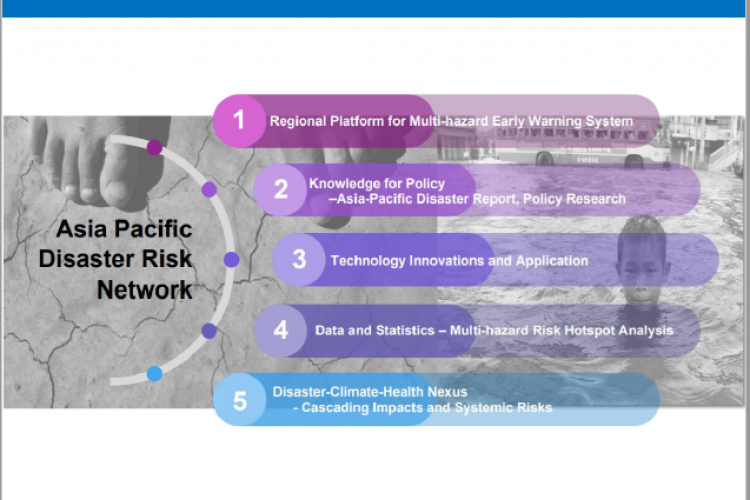Adaptation and Resilience to Drought: From know how to do how A guidebook for the practitioners [Based on the case studies from South East Asia]
The Ready for the Dry Years publication series has been a part of joint efforts between ESCAP and ASEAN to support Member States to prepare for intensifying drought risk, by assessing patterns of drought hazard exposure and vulnerability, highlighting drought impacts, and assessing future drought risks in the decades ahead. The second edition of the Report was launched at the ASEAN Ministerial Meeting on Disaster Management, which was held virtua



